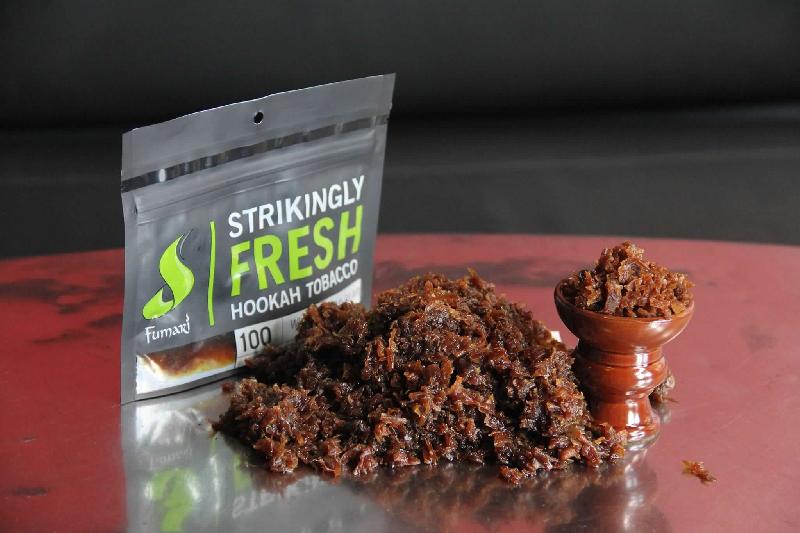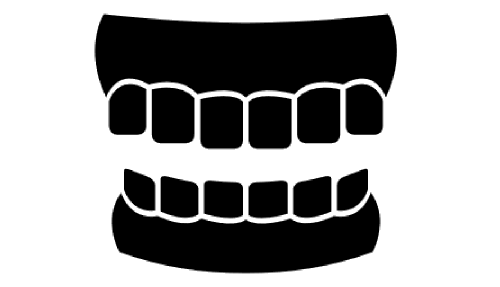Home --> Prevention Dictionary Tobacco

Tobacco comes from a plant and contains nicotine, an addictive ingredient found in all tobacco products. Often referred to as (NDS) Nicotine Delivery Systems or (ENDS) Electronic Nicotine Delivery Systems this category now includes products like vaporizers that deliver nicotine.
Drugs That Fit Into This Category Include
Cigarettes: A thin cylinder of finely cut tobacco rolled in paper for smoking.
Bidis: Small, thin, hand-rolled cigarettes imported to the United States, primarily from India and other Southeast Asian countries. They comprise tobacco wrapped in a tendu or temburni leaf (plants native to Asia) and may be secured with a colorful string at one or both ends.
Kreteks: Cigarettes made with a blend of tobacco, cloves and other flavors. The word "kretek" itself is an onomatopoetic term for the crackling sound of burning cloves.
Cigars: A cigar is a rolled bundle of dried and fermented tobacco leaves, and made to be smoked. They are produced in a wide variety of sizes and shapes.
Pipe Tobacco: Pipe tobacco is generally loose leaf tobacco used in a traditional smoking pipe with a bowl.
E-cigarettes: These products use a liquid “e-liquid” that may contain nicotine, as well as varying compositions of flavorings, propylene glycol, vegetable glycerin, and other ingredients. The liquid is heated into an aerosol that the user inhales. (ENDS) Electronic Nicotine Delivery Systems may be manufactured to look like conventional cigarettes, cigars, or pipes. Some resemble pens or other everyday items. Larger devices, such as tank systems or mods, bear little or no resemblance to cigarettes.
Smokeless Tobacco: Most smokeless tobacco use involves placing the product between the cheek or lip and the gum. There are two main types of smokeless tobacco that have been traditionally marketed in the United States: chewing tobacco and snuff, including snus. 1. Chewing tobacco is cured tobacco in the form of loose leaf, plug, or twist. 2. Dry snuff is loose finely cut or powdered dry tobacco that is typically sniffed through the nostrils. 3. Moist snuff and snus are cut tobacco that can be loose or pouched and placed in the mouth. Some dissolvable tobacco products can be classified as smokeless tobacco products. More than 30 chemicals in smokeless tobacco are linked to cancer — smokeless tobacco causes cancers of the mouth, esophagus and pancreas.
Hookah Tobacco: Hookah tobacco (also known as waterpipe tobacco, maassel, shisha, narghile, or argileh) is smoked with a hookah (waterpipe). Hookah (waterpipe) smoke exposes people to the addictive chemical nicotine and contains many of the same toxic chemicals that are in cigarette smoke. In fact, research shows that waterpipe smokers may absorb even more of the harmful chemicals found in cigarette smoke because smoking sessions are longer. A typical 1-hour hookah session involves inhaling 100–200 times the volume of smoke from a single cigarette. Waterpipe smokers are at risk for the same kinds of diseases caused by cigarette smoking.
What Do They Look Like?
Cigarettes

Bidis

Kreteks

Cigars

Pipe Tobacco

E-cigarettes

Smokeless Tobacco

Hookah Tobacco

Common Street Names
Smokes, Cigs, Butts, Chew, Dip, Spit Tobacco, Snuff, Narghile, Shisha, Argileh, Hubble-bubble, Goza
Common Forms
Cigarettes/Cigars

Pipes

E-Cigarettes

Smokeless Tobacco

Hookahs

Common Ways Taken
Smoked

Chewed

Vaporized

Sniffed

Possible Health Effects
Short Term: Bad breath. Bad taste in mouth. Smelly hair and clothes. Yellow and brown stains on teeth. Lost athletic ability. Damage to the respiratory system. Addiction to nicotine. Risk of other drug use.
Long-term:
Cigarettes/Cigars - Lung cancer, chronic bronchitis, emphysema, chronic obtrusive pulmonary disease (COPD)
Smokeless Tobacco - Oral cancer, esophageal cancer, pancreatic cancer
Other Health-related Issues: Increased risk for miscarriage, stillborn, or premature infants for pregnant women. Reduced fertility for women trying to become pregnant.
Withdrawal Symptoms (Symptoms of nicotine poisoning include): Intense cravings for nicotine. Tingling in the hands and feet. Sweating. Nausea and intestinal cramping. Headaches. Coughing, sore throat. Insomnia. Difficulty concentrating.
Overdose Symptoms:
Abdominal cramps. Agitation, restlessness, excitement, or confusion. Burning sensation in mouth, drooling (increased saliva). Fainting or even coma. Convulsions. Depression. Breathing that may be difficult, rapid, or even stopped. Headache.
Treatment Options
Medications: Nicotine Replacement Therapies (NRTs) approved by the US Food Drug Administration (FDA) for smoking cessation. Current FDA-approved NRT products include chewing gum, transdermal patch, nasal spray, inhalers, and lozenges. Bupropion (Zyban®) and varenicline (Chantix®) are two FDA-approved non-nicotine medications that have helped people quit smoking.
Behavioral Therapies: Self-help materials and counseling.
Effectiveness Notice: Counseling and medication are more effective together than either alone.
Sharable Media


